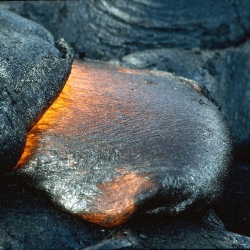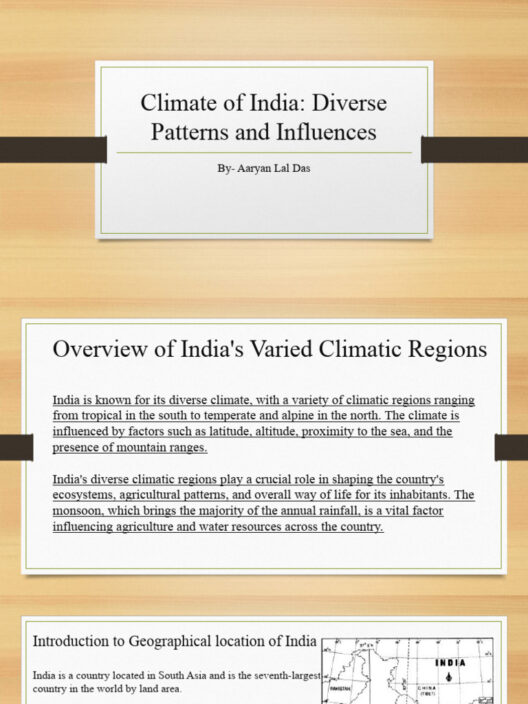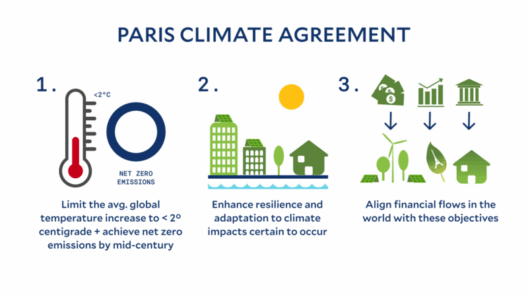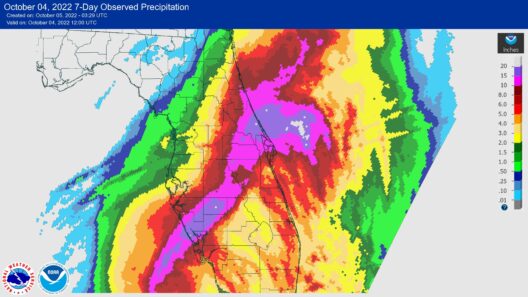Volcanic eruptions have long fascinated humanity, both for their awe-inspiring spectacle and their profound implications on the environment. However, the connection between these fiery phenomena and global warming is often overlooked. Understanding how volcanic activity contributes to climate change necessitates a nuanced exploration of the Earth’s geological processes, atmospheric interactions, and the ecosystem repercussions that follow. In this discussion, we will unravel the intricate relationship between volcanic eruptions and their potential role in exacerbating global warming.
The mechanisms through which volcanic eruptions influence the climate are twofold: they emit both ash and gases. These components play distinctive roles in climatic regulation, with varying effects depending on their nature and duration of release. During an eruption, vast quantities of volcanic ash are expelled into the atmosphere. This ash can initially have a cooling effect by scattering sunlight, thereby reflecting solar radiation away from the Earth’s surface, leading to a temporary drop in temperatures. However, it is the gases released—most prominently carbon dioxide (CO2) and sulfur dioxide (SO2)—that wield a more lasting influence on global warming.
Carbon dioxide, a greenhouse gas, is a crucial player in the realm of climate change. Volcanoes emit CO2 naturally during eruptions as well as from steady outgassing. Over geological time scales, these emissions contribute to the overall levels of atmospheric carbon dioxide, augmenting the greenhouse effect. While it is true that human activities, such as fossil fuel combustion, dominate current anthropogenic CO2 emissions, volcanic contributions should not be dismissed as insignificant. Major eruptions, such as Mount Pinatubo in 1991, have released vast amounts of CO2, influencing climate dynamics for years afterward.
While sulfur dioxide has a different impact, its relevance cannot be underestimated. Once released into the stratosphere, SO2 can lead to the formation of sulfate aerosols. These fine particles can reflect sunlight, creating a short-term cooling effect worldwide. However, when sulfur levels remain elevated due to continuous volcanic activity, the acid rain produced and the resultant alterations in weather patterns can have long-term implications for the Earth’s heating balance. Thus, while some eruptions may engender a temporary cooling phase, they can also set the stage for warming and climate disruption in the longer term.
Moreover, the spatial distribution of volcanic activity is integral to understanding its climatic ramifications. Regions around the Pacific Ring of Fire, which is home to numerous active volcanoes, often experience eruptions with significant climatic consequences. This phenomenon leads to a paradox wherein local cooling is juxtaposed with global warming, stressing the intricate web of interrelated climatic factors. Such interactions complicate our understanding of the Earth’s climate system, prompting a re-evaluation of how we perceive volcanic contributions to greenhouse gas concentrations.
As we scrutinize volcanic activity’s dual effects on atmospheric conditions, it is imperative to consider the role of ecological feedback loops. The aftermath of volcanic eruptions can be devastating; ecosystems may collapse, leading to diminished carbon sequestration capacity in forested regions. The destruction of forests not only reduces the natural uptake of CO2 but can also release previously stored carbon back into the atmosphere, compounding the greenhouse effect. Thus, the influence of volcanic eruptions extends beyond immediate atmospheric changes, rippling through local and global ecosystems.
One cannot discuss the fiery connection between volcanic eruptions and climate change without acknowledging the pronounced variations in eruption frequency and intensity over time. The historical record reveals periods of heightened volcanic activity, often linked to significant climatic shifts. Some researchers suggest that Pleistocene glaciations were impacted by enormous volcanic eruptions, contributing to significant changes in temperature and precipitation patterns. This observation urges a broader inquiry into how current rates of volcanic activity may be interwoven with anthropogenic climate change and its potential feedback mechanisms.
In the context of ongoing climate crises, understanding these natural phenomena assumes greater urgency. The historical interplay between volcanic eruptions and global temperatures poses pivotal questions: How much weight should we assign to these natural events in the current climate conversation? Should we adjust our climate models to account for the volcanic activity we expect in the coming years? The answers to these inquiries are critical in formulating comprehensive strategies for mitigating climate change.
Ultimately, the often-ignored relationship between volcanic eruptions and global warming underscores a pressing need for technological and scientific advancement in understanding climatic shifts. Advances in monitoring volcanic activity may help elucidate their contributions and implications for climate models. Furthermore, greater public awareness and interdisciplinary collaboration could foster enhanced resilience against climate extremes, fortifying communities affected by both volcanic and anthropogenic processes.
As we contemplate the fiery connection between volcanic eruptions and global warming, curiosity must guide our exploration. The enigmatic dance between natural and human-induced climate factors poses significant challenges, yet it also offers an opportunity for deeper understanding and innovative problem-solving. Thus, as we honor our planet—a complex tapestry of geological and ecological processes—it is essential to remain mindful of the potential impacts that volcanic phenomena encompass in our fight against climate change.







